Computer Architecture: A Quantitative Approach, 3rd Edition, 2002
4.5
Reviews from our users

You Can Ask your questions from this book's AI after Login
Each download or ask from book AI costs 2 points. To earn more free points, please visit the Points Guide Page and complete some valuable actions.Related Refrences:
"Computer Architecture: A Quantitative Approach, 3rd Edition, 2002" is an essential resource for understanding the intricate world of computer architecture. Written by John L. Hennessy and David A. Patterson, this book is celebrated for its detailed exploration of architectural concepts and its commitment to providing quantifiable evaluations of computing performance.
Detailed Summary of the Book
The third edition of "Computer Architecture: A Quantitative Approach" continues to build upon the foundational successes of its predecessors by diving deep into the principles and methodologies that define modern computer architecture. This edition introduces key updates to reflect the rapid advances in computing technologies around the turn of the 21st century. It explores increasingly important areas such as instruction sets, hardware/software interface, and hardware innovations.
The book emphasizes the quantitative approach to design, offering a robust methodology for addressing performance and power efficiency challenges. Through a combination of case studies, examples, and mathematical models, it guides readers in understanding how to analyze and optimize the performance of computer architectures in terms of speed, cost, efficiency, and scalability.
Topics covered include the fundamentals of parallelism and advanced compiler technology, as well as the impact of emerging trends like multicore processors. The authors have meticulously worked to incorporate data from commercial processor benchmarks and describe architectural features that are crucial in competitive markets.
Key Takeaways
- Understanding of the fundamental trade-offs in software and hardware architecture.
- Insight into the evaluation metrics that determine the efficacy and efficiency of computer architectures.
- Updated case studies reflecting real-world architectural solutions and their impact on the industry.
- The importance of performance measurement and its application in enhancing computing efficiency.
- Exploration of parallel processing and its effect on computing capabilities.
Famous Quotes from the Book
"The persistence of following a framework based on data-driven analysis is the key to understanding real-world architectures."
"Quantitative analysis of architecture is not just an academic exercise; it is the cornerstone of innovation."
Why This Book Matters
"Computer Architecture: A Quantitative Approach" is not just a textbook but a guiding manual for practitioners and students who wish to dig deep into the functional core of computers. As technology firms and academic institutions continue to push the boundaries of what computers can do, understanding their architecture becomes paramount.
This book matters because it distills complex concepts into quantifiable analyses, providing a structured way to evaluate and improve computing technologies. It serves as a critical resource for understanding the trade-offs involved in architectural decisions, positioning readers to innovate and adapt in a rapidly changing digital landscape.
It also acts as a bridge between theoretical knowledge and practical application, fostering a generation of engineers, designers, and architects well-equipped to tackle the challenges of tomorrow's computing environments.
Free Direct Download
You Can Download this book after Login
Accessing books through legal platforms and public libraries not only supports the rights of authors and publishers but also contributes to the sustainability of reading culture. Before downloading, please take a moment to consider these options.
Find this book on other platforms:
WorldCat helps you find books in libraries worldwide.
See ratings, reviews, and discussions on Goodreads.
Find and buy rare or used books on AbeBooks.
1384
بازدید4.5
امتیاز0
نظر98%
رضایتReviews:
4.5
Based on 0 users review
Questions & Answers
Ask questions about this book or help others by answering
No questions yet. Be the first to ask!
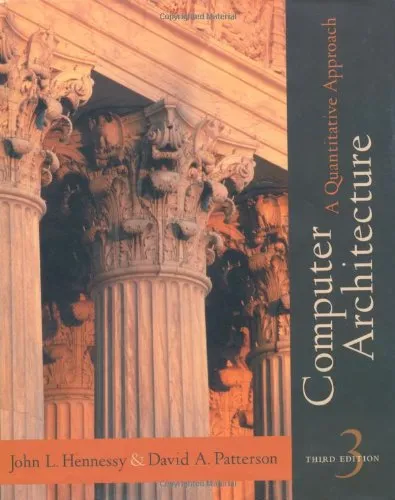
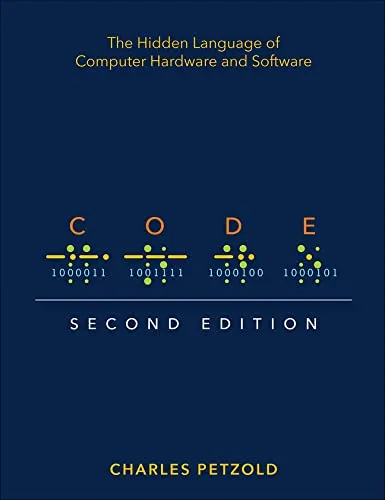
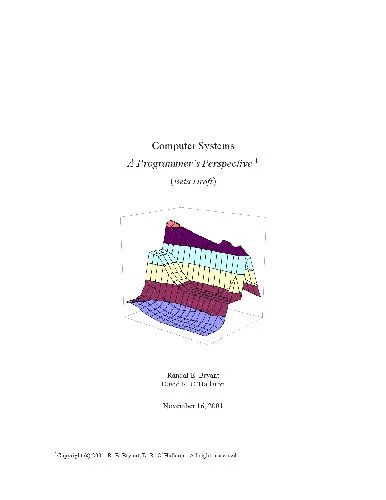
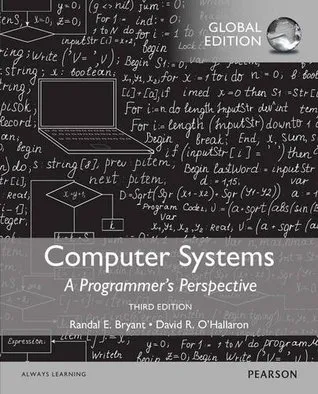
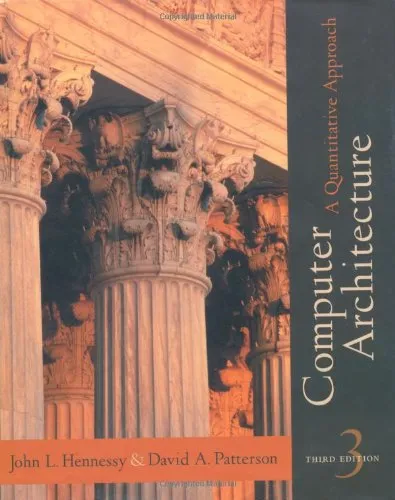

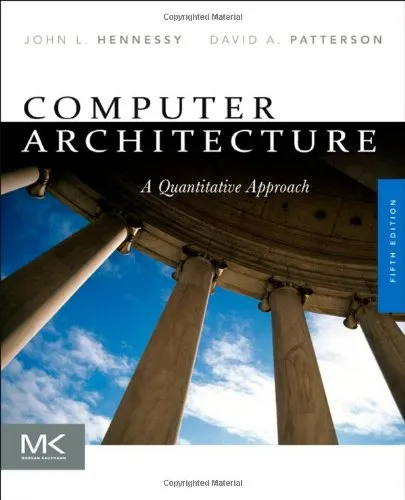
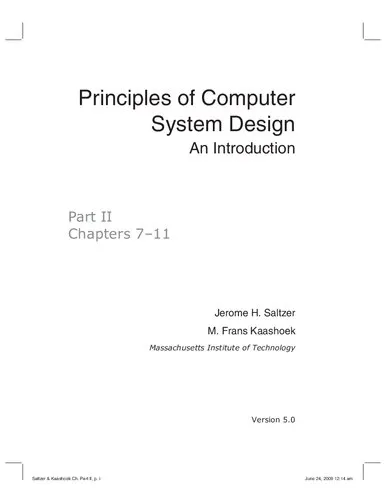
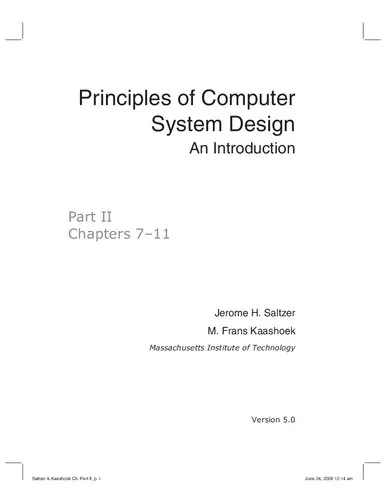
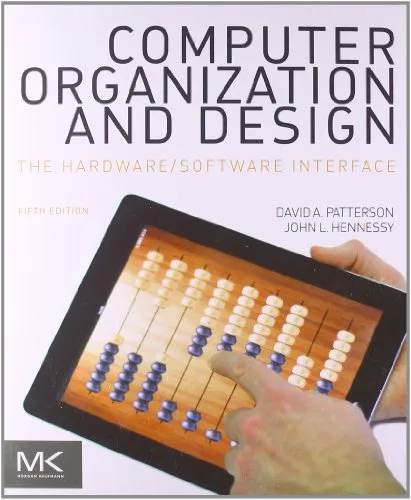
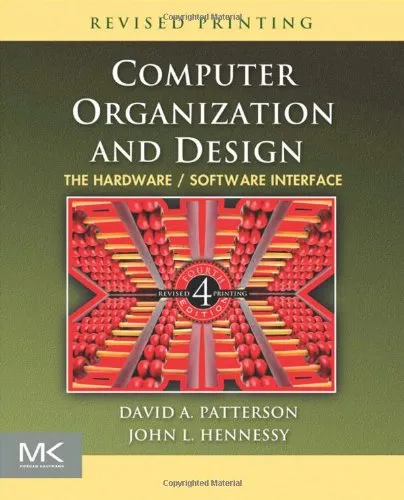
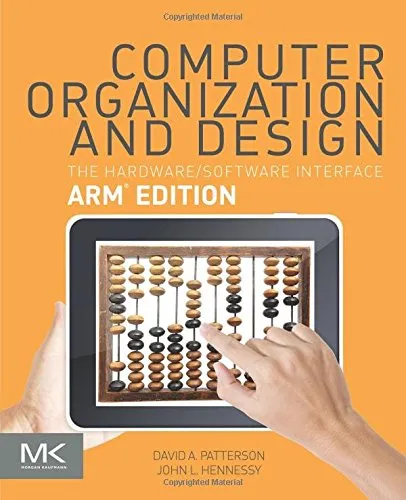
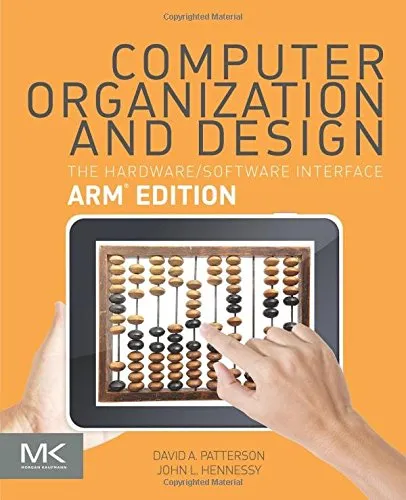
![Computer Organization and Design: The Hardware Software Interface [RISC-V Edition]](https://s3.refhub.ir/images/thumb/Computer_Organization_and_Design__The_Hardwar_6135.webp)
